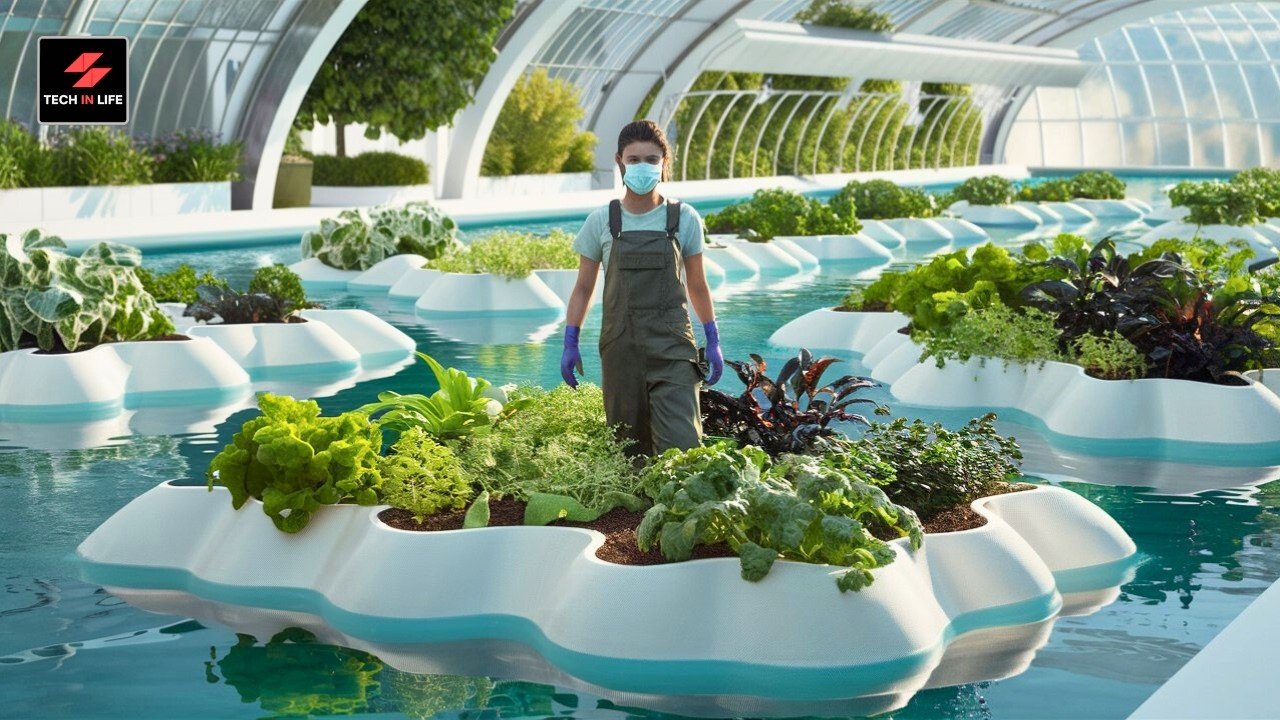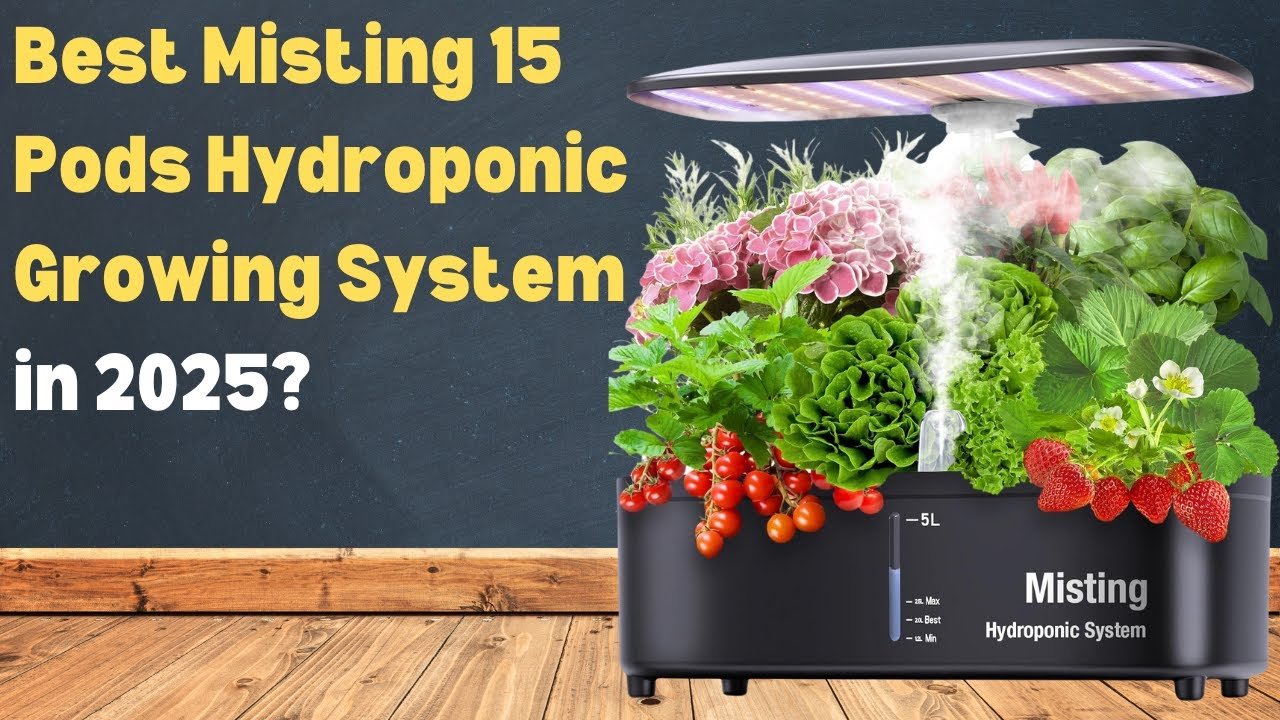Lettuce Dreams: My Epic Hydroponics Adventure
Coffee brewing in the background, I’m sitting here reminiscing about the summer I thought I could conquer the world—well, at least my backyard—with an aquaponics system. You know, that magical combination of hydroponics and fish farming? It sounded so easy in theory. “Free vegetables!” I told myself, chuckling as I daydreamed about salads from my own backyard. So, there I was, letting my imagination run wild, while my practical side whispered, “What could possibly go wrong?”
The Materials (or Lack Thereof)
Now, I’d love to tell you I had a shopping list all ready, but I didn’t. My first point of attack was the shed. A treasure trove of forgotten tools and projects gone by. There lay an old plastic kiddie pool, the kind that’s seen more summers than I can count. I thought, “This can be the fish tank!” A little algae doesn’t scare a DIY enthusiast, right?
I dug out some PVC pipes, just remnants from my last failed attempt at building a treehouse (don’t ask). And, by some stroke of luck, I stumbled on a handful of 5-gallon buckets meant for pickling. They were still pretty clean, surprisingly enough. “Perfect for growing lettuce!” I declared to my somewhat skeptical wife.
The Pump Predicament
Now, to make the magic happen, I needed a pump. It felt like I was searching for a needle in a haystack. With my trusty drill in one hand and a flashlight in the other, I rummaged through the shed looking for something that would work.
Finally, I found an old aquarium pump that had been gathering dust. “This will do,” I thought, not remembering how long it had been since it last functioned. Long story short, it didn’t work. And when I say it didn’t work, I mean my grand dreams of thriving lettuce on our dinner table evaporated like the morning dew.
I should have given up, but there was something about that hopeful seed in my chest—maybe it was the caffeine from my sixth cup of coffee—that kept me pushing forward.
Fishy Choices
Fast forward to a quick online purchase of rainbow trout. Why trout, you ask? They sounded fancy and different. I imagined impressing neighbors with my exquisite fish choice, even though I really didn’t have a clue what I was doing. “It’s a project about sustainability,” I told myself, neglecting to mention that I could also turn my yard into a fish graveyard.
After a few days of failing to get the pump to work, I finally struck gold with a replacement from a local pet store. It was just a small water pump, but it was a game changer. I dared to hook it up and—miracle of miracles—it hummed to life.
The Water and Its Smell
Next came the water. Oh boy, did I underestimate how important that water would be. The fish arrived in a big cardboard box, much like my enthusiasm, and I set them into the pool. Immediately, I noticed something wasn’t right. The water smelled funky, and not in a good way.
You see, fish produce waste. And when you’re new to aquaponics, waste management feels like an oxymoron. I almost gave up when I couldn’t keep the water clear. One afternoon, while wearing my “serious gardener” hat, I peered into that murky green mess and thought, “If I can’t even keep the water clean, how do I expect to grow lettuce?”
The Green Epidemic
After a few very awkward weeks of unmonitored growth and some unfortunate trout deaths (sorry guys), I realized it was time to get real about my learning curve. My next move? Introducing a filtration system. I spent hours on YouTube, trying to absorb the wisdom of seasoned aquaponics wizards while my water stayed green and my lettuce seedlings grew leggy.
Miraculously, through trial and error, I managed to balance the nitrogen cycle. I even learned to check pH levels—a revelation! While the plants didn’t transform overnight, the effort started to pay off. I could almost feel the lettuce stretching toward the sky.
The Harvest
After about four weeks, give or take, my lettuce began to resemble something edible. I’ll never forget that first moment; the suns rays breaking through the leaves—it felt almost surreal. I snipped a few leaves, washed them gently, and tossed them into a simple salad. The taste was fresh and crisp, bursting with the spirit of my backyard adventure.
I let my family try it, hesitantly preparing for their reactions. “Not bad!” they said, and my heart felt like it could float away. It wasn’t just about the lettuce. It was about embracing the chaos in between, the flops, the smells, the near-meltdowns. Growing that lettuce was an affirmation that perfection wasn’t the goal; it was about the joy of the journey.
The Takeaway
So, if you’re thinking about diving into aquaponics or hydroponics, don’t let the daunting parts scare you off. Don’t worry about making everything perfect right off the bat. You’ll learn as you go, just like I did. Fish might die, your water might turn green, and you might question your sanity as you shove your head into that kiddie pool. Trust me, it’s all part of the fun.
Just start. Dive in, make mistakes, and embrace the chaos. You may just end up with some beautiful, delicious lettuce.
And hey, if you’re curious about taking the plunge into aquaponics or simply want to learn more, why not join the next session? Let’s face this DIY adventure together! Join the next session!







Leave a Reply